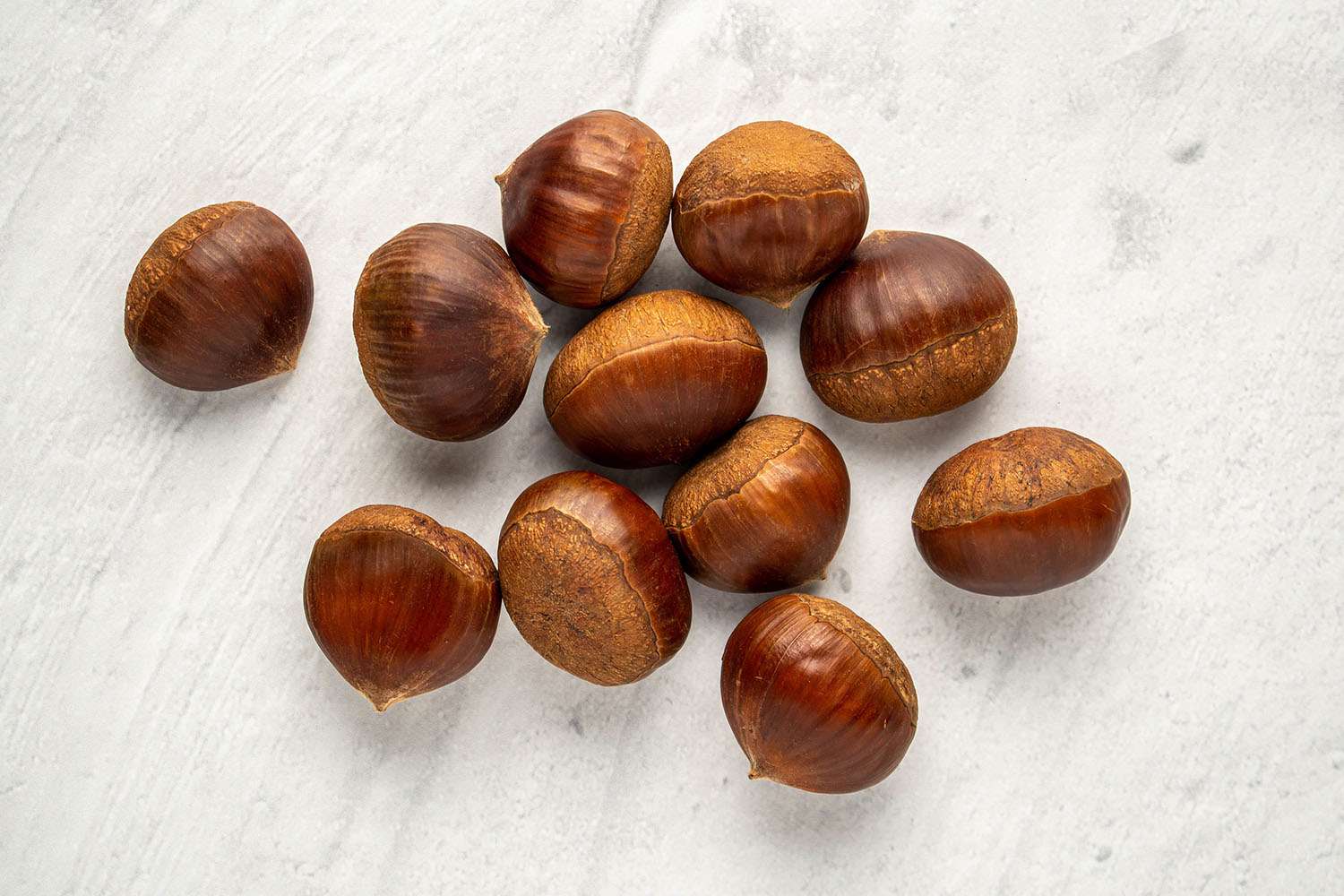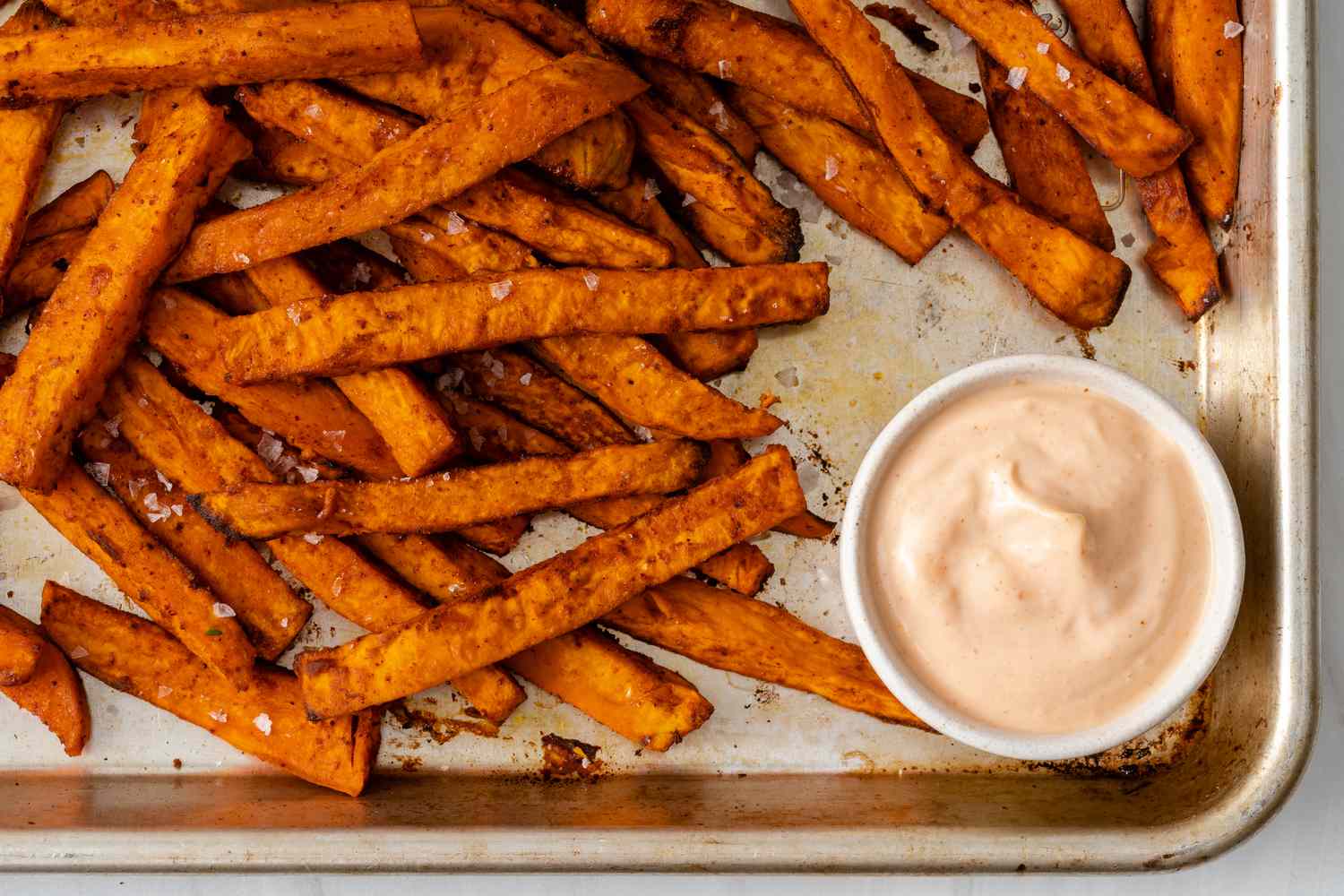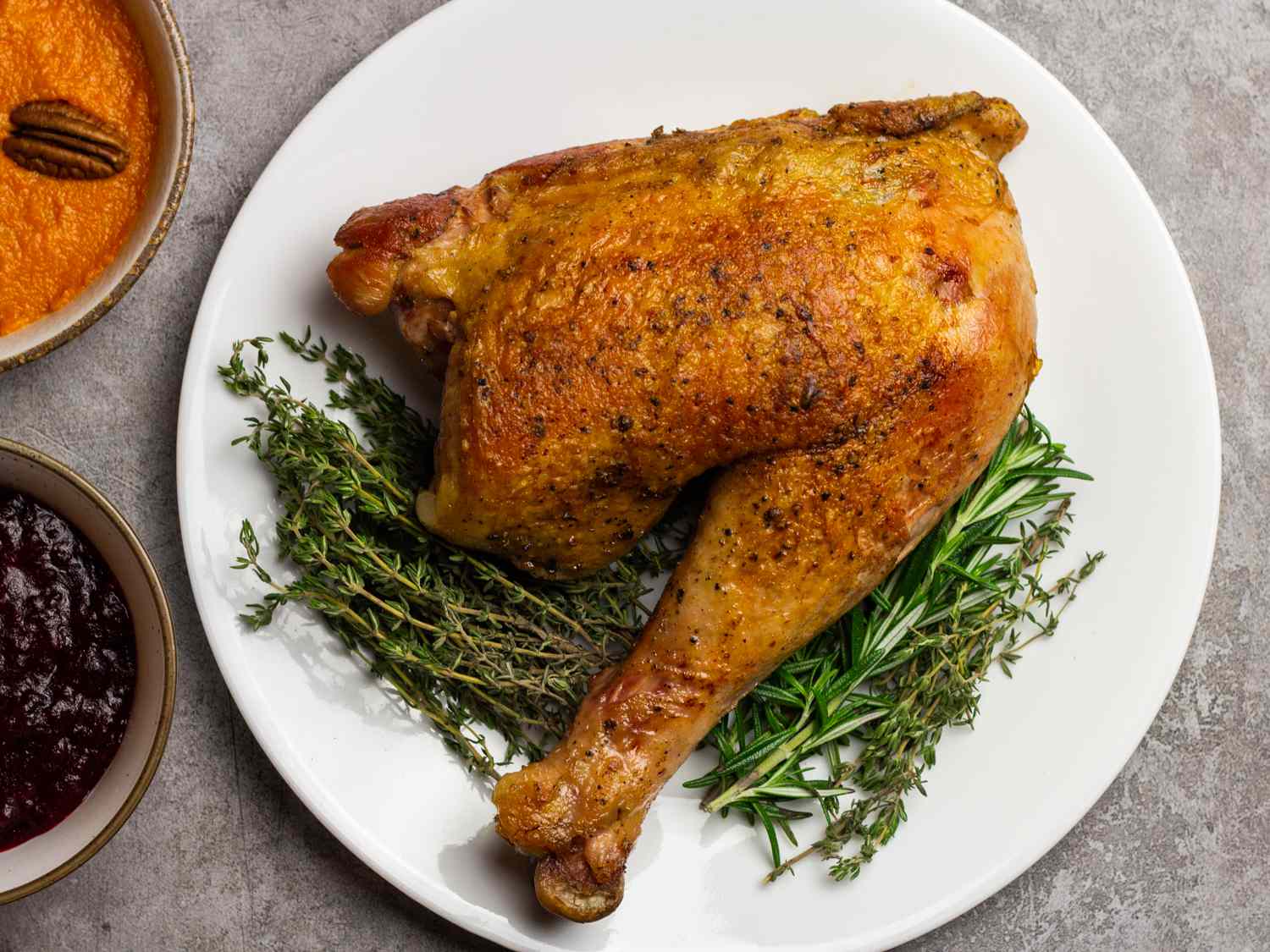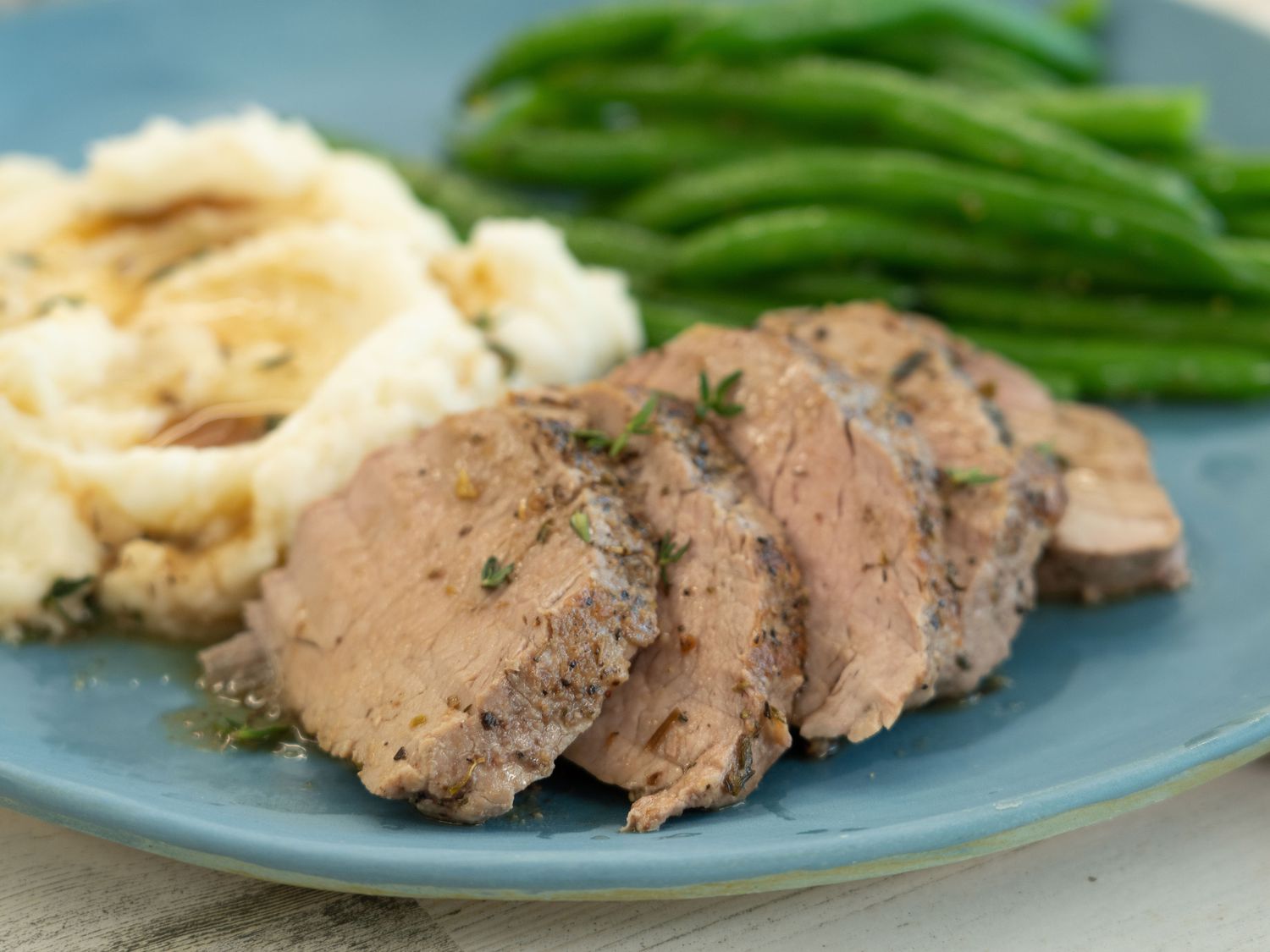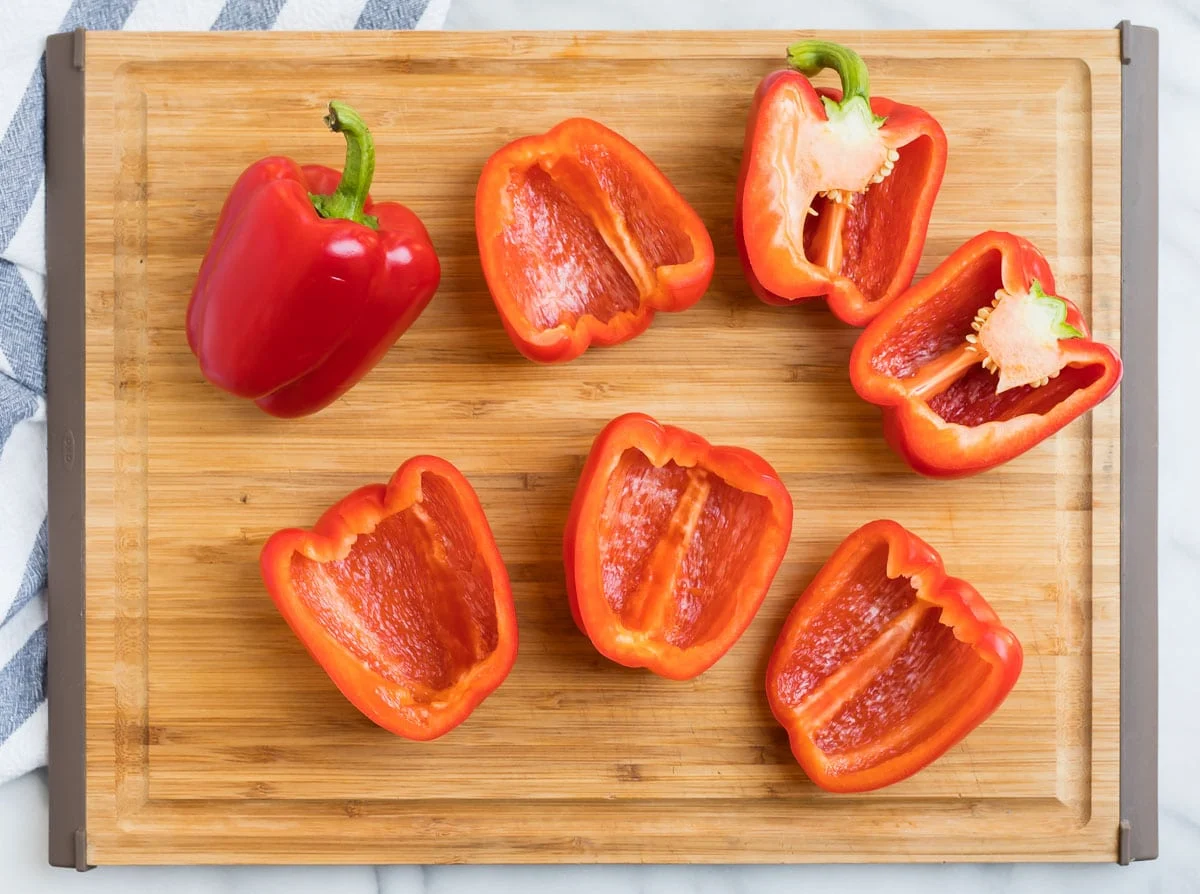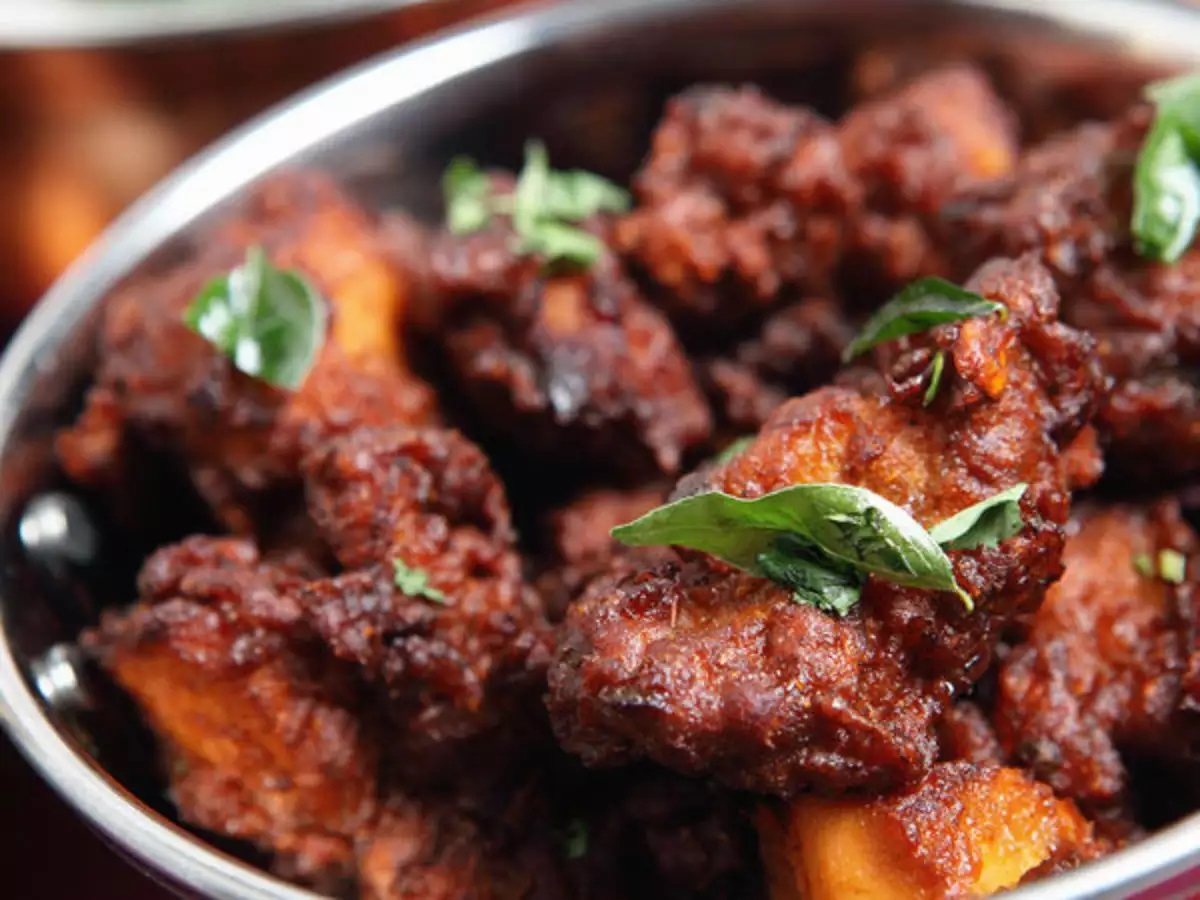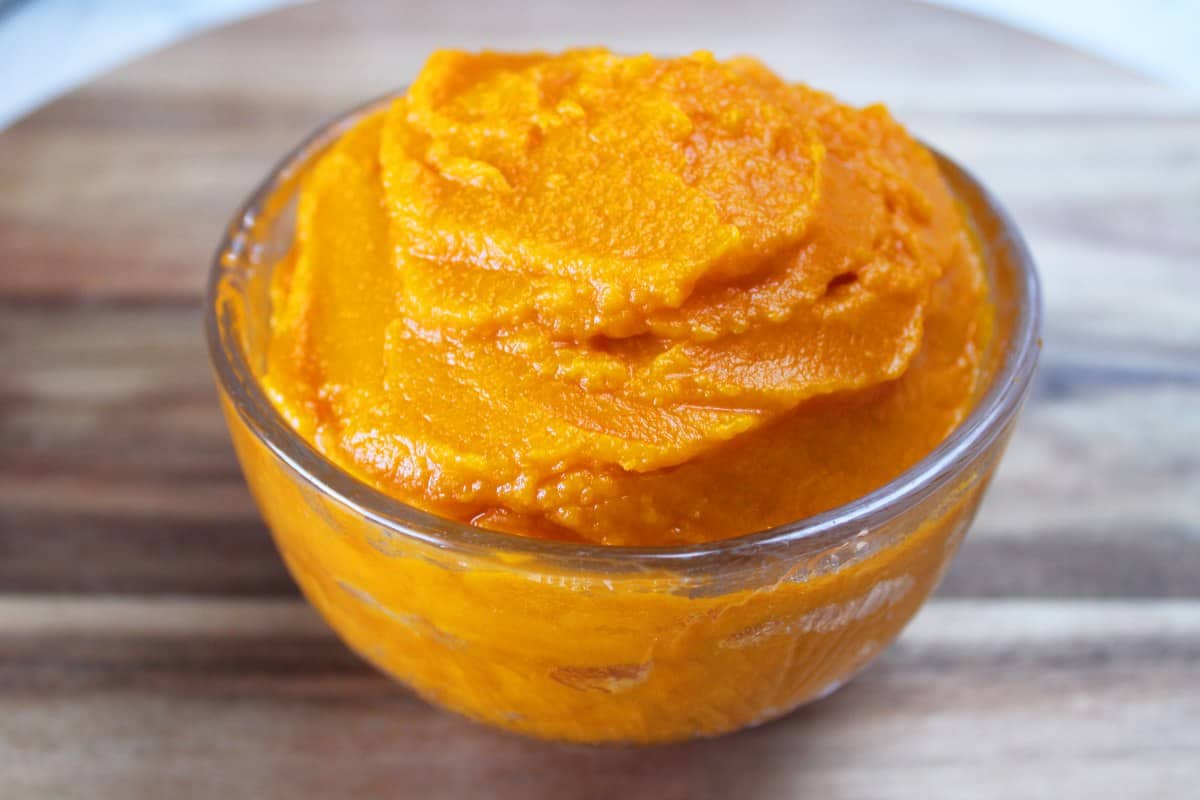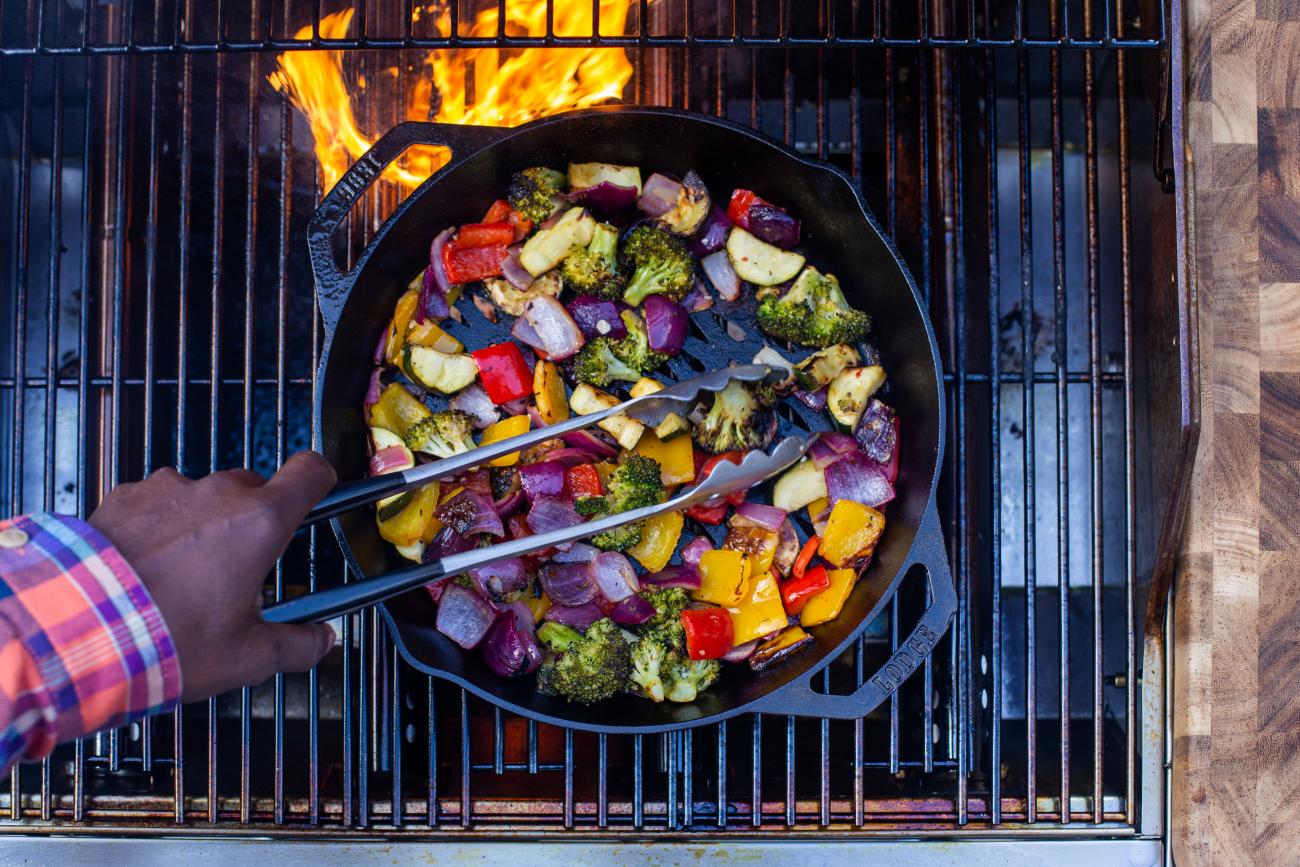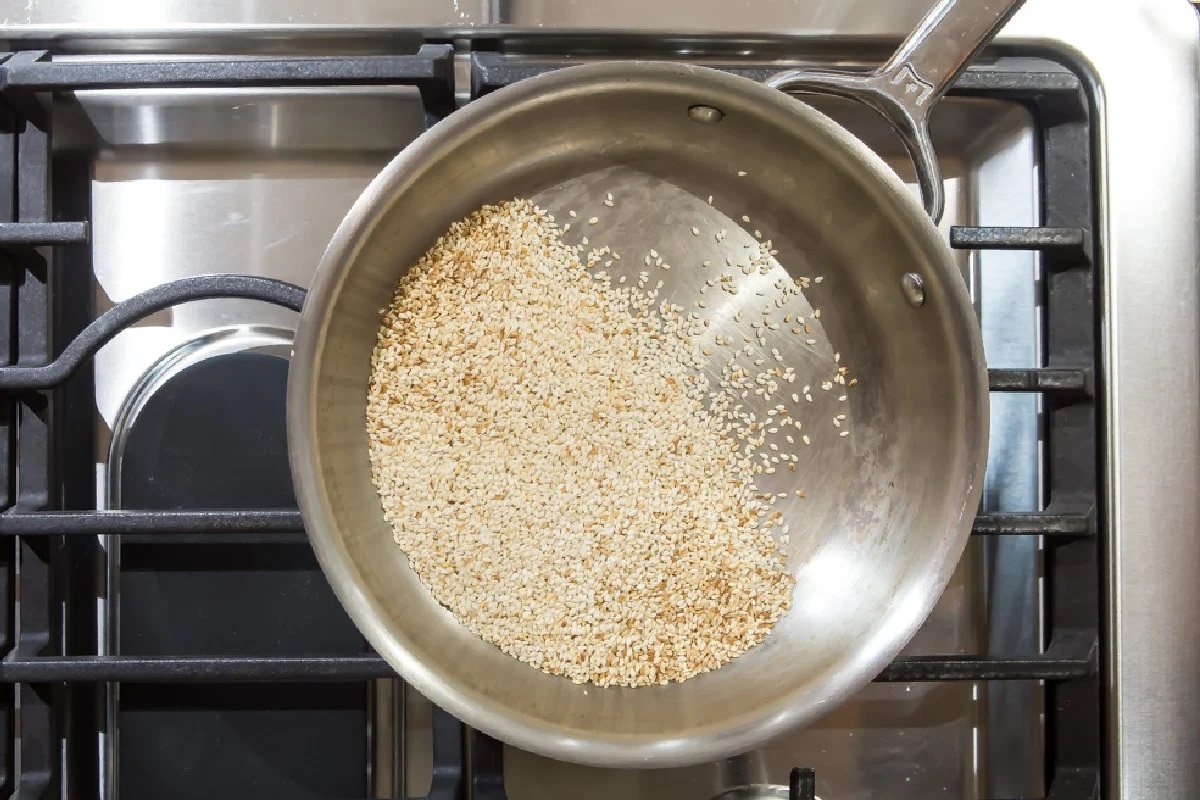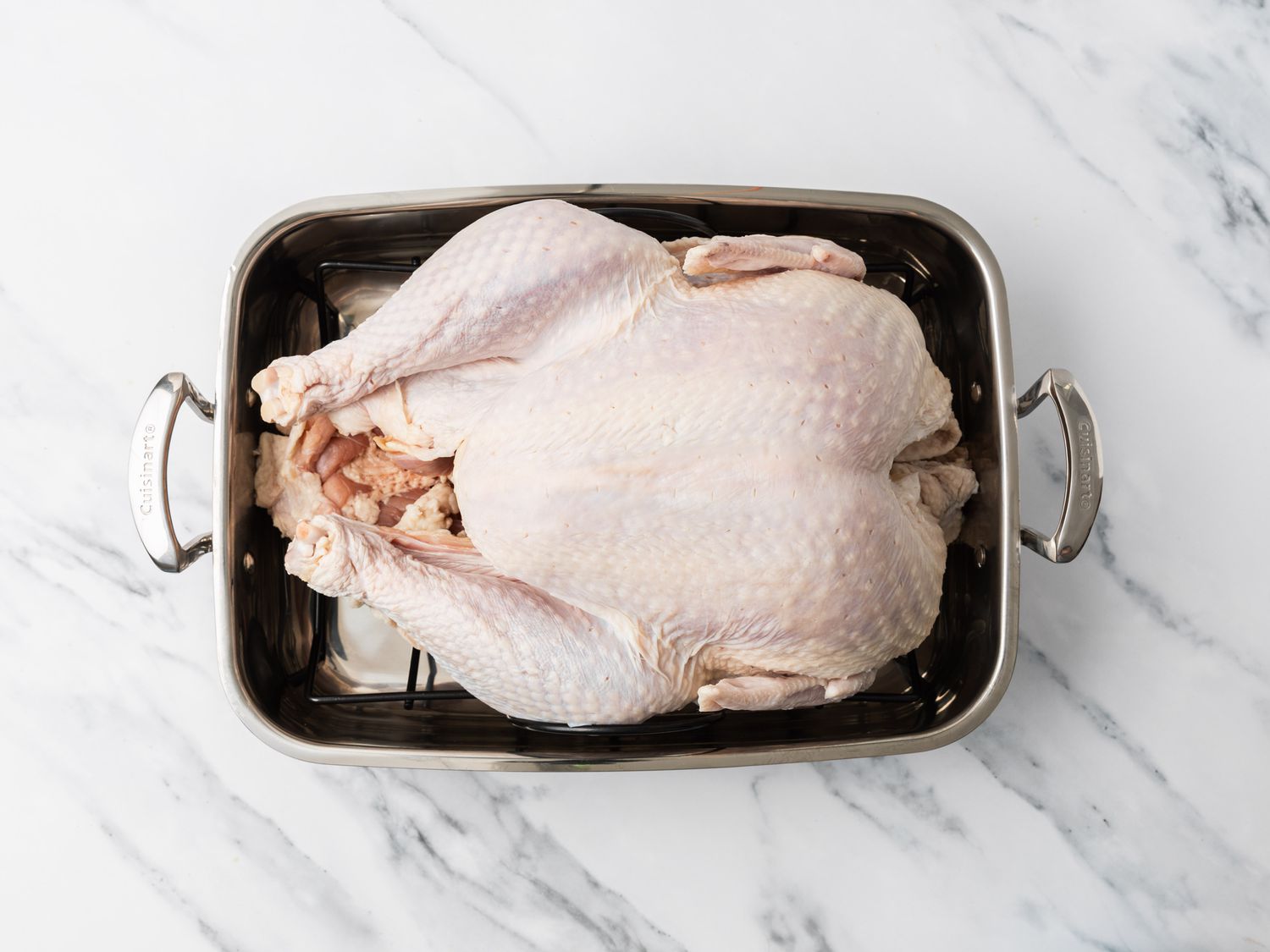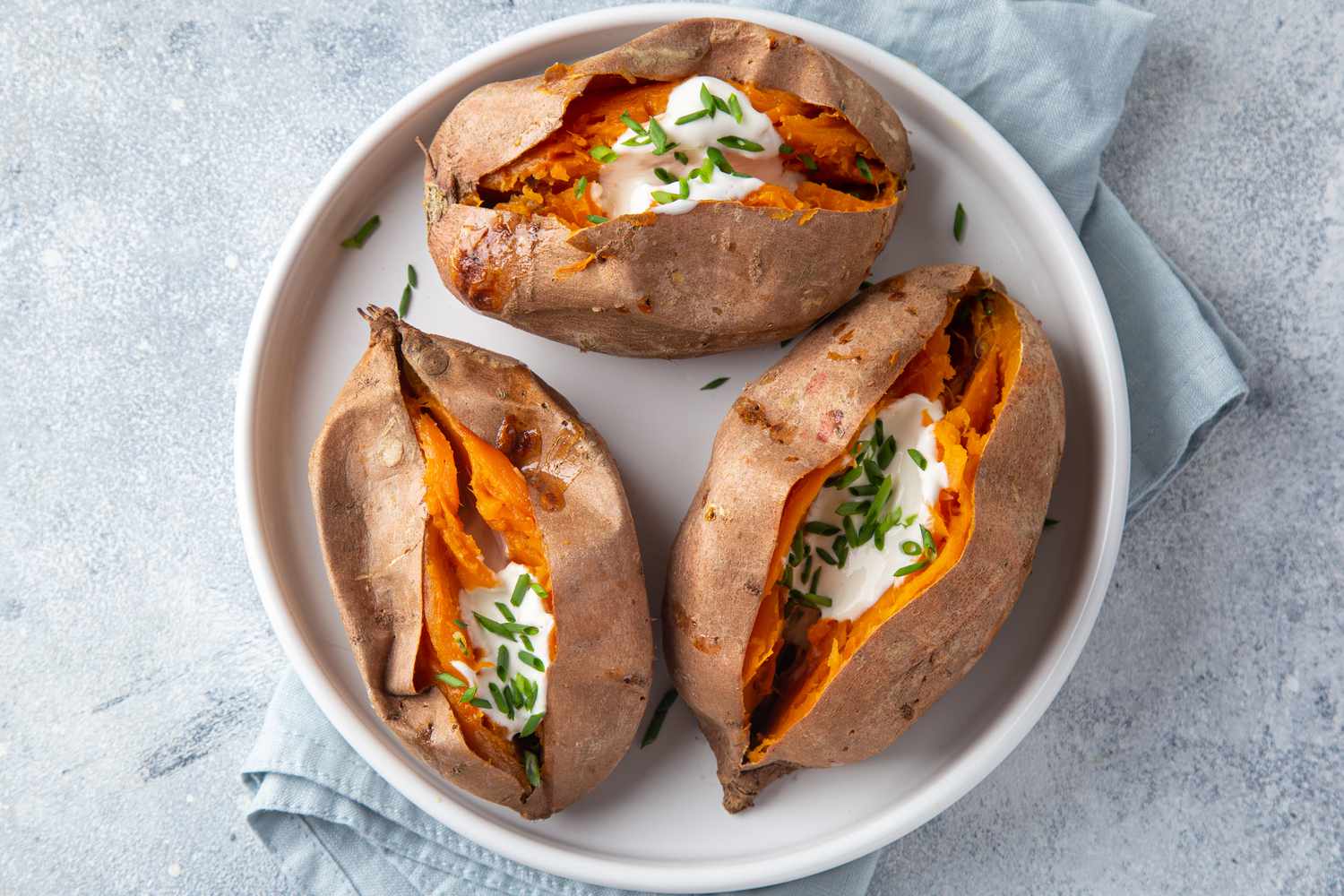How to Roast Carrots and Parsnips: A Foolproof Guide to Tasty Root Vegetables
Roasting carrots and parsnips is a simple yet delicious way to bring out the natural flavors and caramelization of these root vegetables. Whether you’re looking for a nutritious side dish or a satisfying addition to your main course, roasting carrots and parsnips is a versatile and easy-to-master cooking technique. In this guide, we will take you through the steps to create perfectly roasted carrots and parsnips with a delectable caramelized exterior and a tender, melt-in-your-mouth interior.
Choose the Right Carrots and Parsnips:
Start by selecting fresh, firm carrots and parsnips from your local market or grocery store. Look for vegetables that are free from blemishes and have a vibrant color. The ideal size for roasting is medium to large, as they will retain their moisture better during the cooking process.
Preparation:
- Preheat your oven to 425°F (220°C) to ensure a hot cooking environment that promotes browning and caramelization.
- Wash the carrots and parsnips thoroughly and peel if desired. If the skin is tender, you can leave it on for added texture and nutrition.
- Trim off the ends and cut the vegetables into even-sized pieces. This allows for more consistent cooking and prevents uneven browning.
Enhance the Flavors:
Roasting carrots and parsnips alone can create wonderfully sweet and savory results, but adding extra flavors can take them to the next level:
- Toss the vegetables in olive oil or melted butter to promote browning and create a deliciously crispy exterior.
- Season with salt and pepper for a simple yet satisfying taste.
- Get creative with herbs and spices like rosemary, thyme, paprika, or cumin to add depth and complexity to the roasted vegetables.
- For a touch of sweetness, drizzle honey or maple syrup over the vegetables before roasting. This creates a beautiful glaze and brings out their natural sweetness.
The Roasting Process:
- Spread the prepared carrots and parsnips on a baking sheet in a single layer. Make sure they have enough space to allow hot air to circulate, resulting in even cooking and browning.
- Place the baking sheet in the preheated oven and roast for approximately 25-30 minutes. Keep an eye on them and gently stir or flip halfway through for even browning.
- The vegetables are done when they are tender when pierced with a fork and have a golden-brown color. Roasting time may vary depending on the size and thickness of the pieces.
Serving Suggestions:
Roasted carrots and parsnips make a delightful side dish that pairs well with a variety of main courses. Here are a few serving suggestions to inspire you:
- Add them to a roasted chicken or beef dish for a complete and hearty meal.
- Toss them into a salad with greens, feta cheese, and a tangy vinaigrette for a flavorful and nutritious twist.
- Use them as a topping for creamy soups or purees to add texture and depth of flavor.
- Enjoy them as a standalone snack with a dipping sauce like aioli or hummus.
Once you’ve mastered the art of roasting carrots and parsnips, feel free to experiment with different seasonings, sauces, and cooking times. This versatile cooking technique allows you to unleash your creativity and tailor the flavors to suit your taste preferences.
So, the next time you have carrots and parsnips in your kitchen, give them a delicious makeover by roasting them to perfection. With a little bit of preparation and some flavorful additions, you’ll have a nutritious and mouthwatering dish that will impress your family and friends.
Was this page helpful?
Read Next: How To Roast Beets
